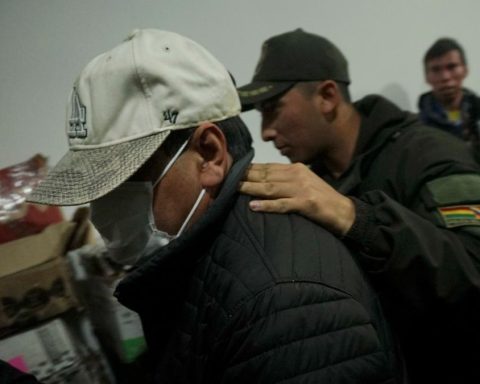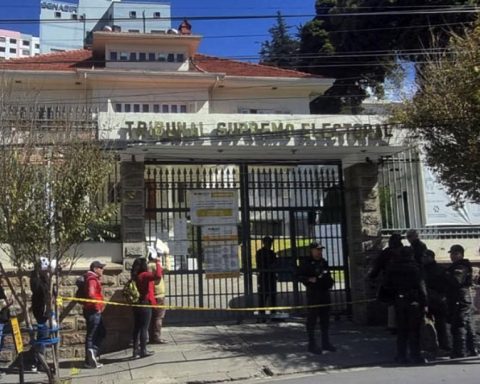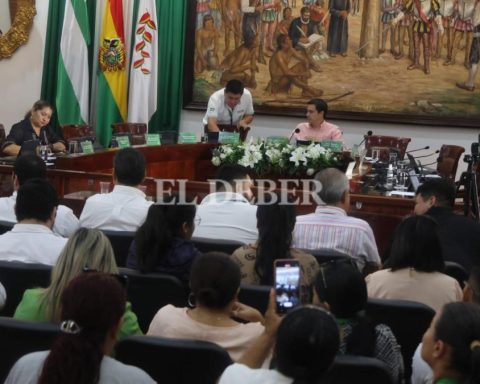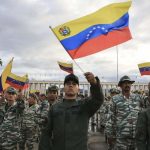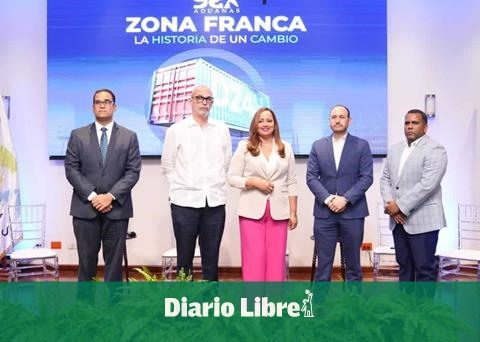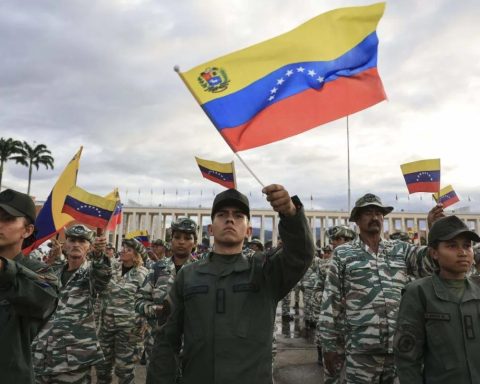October 12, 2024, 4:00 AM
October 12, 2024, 4:00 AM
By Natasha Morales Escoffier
The recent environmental pause, decreed by the government, arises as an urgent response to the devastation caused by forest fires, with the aim of protecting both the environment and the health of the population. This measure suspends all previously granted burning authorizations at the national level and prohibits issuing new ones. It also instructs that the affected public lands may not be used for a minimum period of five years, an essential time for their regeneration before considering their future use.
This decree, although well-intentioned, exposes a fundamental conflict: is it possible to balance environmental protection with the economic need to exploit natural resources? This dilemma is especially stark in our country, where dependence on natural resources is structural. For many, protective measures may be perceived as an immediate brake on development, although in reality they are essential to ensure long-term prosperity and survival.
The real problem is that Bolivia has exceeded the limits of exploitation of its resources. We are almost at a point of no return. The forest fires of the last three months have devastated between 7,000 and 10,000 hectares. The expansion of the agricultural and livestock frontier has placed the country in an unprecedented ecological crisis. According to the OXFAM report A Fuego y Mercurio. Ecological Crisis and Inequalities in Bolivia, between 2018 and 2022, 97% of deforestation was driven by agriculture and livestock, while 87% of greenhouse gas emissions come from this activity. Consequently, deforestation is the main driver behind the increase in temperatures, drought and, in general, the ecological crisis in eastern Bolivia.
The report also reveals that, between 2019 and 2023, in a cumulative 5 years, forest fires occurred, in order of importance in terms of the number of hectares burned, first, on business and medium-sized lands, in second place, in public lands, in third place and very far in terms of the number of hectares burned in Indigenous Peasant Territories, in fourth place, in community lands, and almost very little in small property lands. The report also points out that, in Santa Cruz, in Chiquitanía, more than 50% of deforestation occurs on corporate-owned lands.
The analysis of the situation shows a disproportionate responsibility on business actors and those who occupy public lands. Both groups, motivated by economic interests, ignore the environmental consequences of their actions, expanding their cultivation areas without considering the collateral damage. Unlike small farmers, who barely have the resources to survive, these actors have advanced technology and alliances with multinationals that respond to global demand. Likewise, many of them profit directly from the land: they occupy it, deforest it and then sell it, obtaining quick and highly profitable profits.
In this context, indigenous and peasant communities are the most vulnerable. Although they do not overexploit the land, they directly suffer the consequences of environmental degradation. According to OXFAM, in the last five years, these communities have seen a 45% decrease in income due to environmental and climate problems, exacerbating their poverty.
All these actors are aware of the state of the land, its degradation, how the soil loses nutrients and becomes infertile. However, the crucial difference is that the actors occupying corporate and fiscal lands view land as an inexhaustible resource. Without limits, nor a State to regulate them, because they have power, influence and economic privileges to continue expanding, so their own land may matter to them somewhat, but they know that they have resources and power to continue occupying and deforesting other lands.
Not being subject to effective regulation or a State that controls them, they continue to expand unchecked, taking advantage of power vacuums and legal loopholes.
Therefore, it is necessary to ask: who does the Environmental Pause really benefit?
Although the Environmental Pause is an important step towards environmental protection, it is essential that it is accompanied by social protection measures, both in the short and long term. These must be aimed at mitigating the effects of this crisis on rural and indigenous populations, who face accelerated impoverishment. Furthermore, it is urgent to rethink the limits of extractivism, since it is clear that, in the long term, it is not good business for the country.
The environmental pause can be a turning point, but only if the structural inequalities that perpetuate the ecological and social crisis in Bolivia are addressed.

